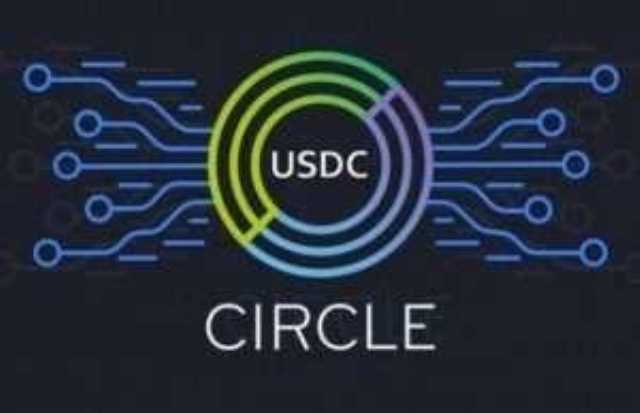
They are for testing and experimenting with bitcoin transactions before pushing to the actual bitcoin blockchain. A block chain reorganize (or reorg) happens when one chain becomes longer than the one you are currently working on. All of the blocks in the old chain that are not in the new one become orphan blocks, and their generations are invalidated. Transactions that use the newly-invalid generated coins also become invalid, though this is only possible in large chain splits because generations can’t be spent for 100 blocks. The number of confirmations for transactions may change after a reorg, and transactions that are not in the new chain will become “0/unconfirmed” again. If a transaction in the old chain conflicts with one in the new chain (as a result of double-spending), the old one becomes invalid.
- During the first quarter of 2024, these 11 new ETFs played a pivotal role in driving Bitcoin’s price up nearly 60%.
- Moreover, lower interest rates typically lead to a weaker dollar.
- Miners today are typically companies that run operations out of warehouses full of expensive, specialized machinery, often giving them an edge over individual miners.
- CoinJoin is a privacy enhancing feature where users generate collaborative transactions to make it more difficult for chain analysis companies to break down user privacy.
- Sometimes, though, a solo miner can get lucky—although it’s getting rarer and rarer for such a thing to happen.
- If you change any single bit of the original data and run the hash algorithm, the hash will completely change.
Hardware Security Module
E.g. “I sent ten bitcoins today.”; it is also often abbreviated BTC or XBT. Well, the dollar is very unlikely to be replaced as the dominant reserve currency by an Bitcoin Vocabulary alternative any time soon given its role in trade and the global financial system. But it is being increasingly challenged by both fiat and digital currencies.
Public-Key Cryptography
A voluntary fee which can be added to a transaction which is used as an incentive to add the bitcoin transaction to a block. The fee determines the likelihood of inclusion in any given block, where a high fee included with a transaction has a priority over transactions with a lower fee included or no fee at all. Every once in a while, an old block hash is hardcoded into Bitcoin software. Different implementations choose different checkpoint locations. Checkpoints prevent various DOS attacks from nodes flooding unusable chains and attacks involving isolating nodes and giving them fake chains.

Proof of Attendance Protocol
JoinMarket is a decentralized CoinJoin market where users can mix their coins with others to increase privacy and fungibility for both the market makers and takers. A Hard Fork is a permanent change to the blockchain software that is no backwards compatible and creates an entirely new blockchain. There are two basic types of Bitcoin forks; soft forks and hard forks.
Indeed, if it could be guaranteed that every node had exactly the same mempool, then there would be no need for mining or a block chain. WalletThink of a wallet as you would your internet banking system. Online or ‘hot’ wallets include various apps and software that also facilitate transactions.There you have it. Cryptography is a mathematical branch that uses mathematical codes to provide high levels of security.
- The deprecated protocol defined in BIP70 (and other BIPs) which lets spenders get signed payment details from receivers.
- Bitcoin – with capitalization, is used when describing the concept of Bitcoin, or the entire network itself.
- The distribution of all of the information on the blockchain is what allows bitcoin to work.
- The MemPool is short for memory pool and it is where bitcoin transactions are pending before they are included in a bitcoin block.
Public Blockchain
Signatures created and recognized by major SSL implementations such as OpenSSL. The PKI field of a PaymentRequest which tells spenders how to validate this request as being from a specific recipient. The merchant_data part of PaymentDetails and Payment which allows the receiver to send arbitrary data to the spender in PaymentDetails and receive it back in Payments.

Participation Node


